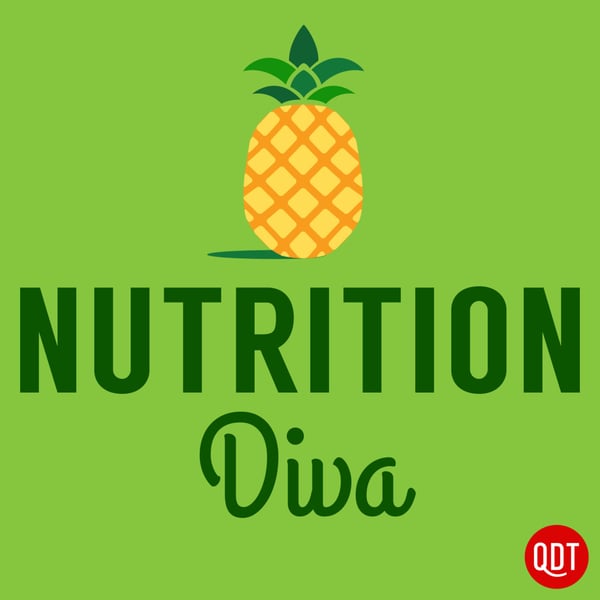Do alcohol mitigation products really work?
Nutrition Diva
Macmillan Holdings, LLC
4.3 • 1.7K Ratings
🗓️ 11 December 2024
⏱️ 14 minutes
🧾️ Download transcript
Summary
Transcript
Click on a timestamp to play from that location
| 0:00.0 | Hey there, thanks for tuning in to the Nutrition Diva podcast. I'm your host, Monica Rineagle, |
| 0:10.1 | and with the holidays now just around the corner and all these festive gatherings filling up our schedules, |
| 0:17.4 | I have noticed a definite surge in marketing for products that claim to lessen the effects |
| 0:23.3 | or the harms of alcohol. They promise everything from reducing blood alcohol levels more |
| 0:28.8 | quickly to helping you feel better after a night out. And at this time of year, the idea of being |
| 0:34.6 | able to party with fewer risks or consequences might seem especially appealing. |
| 0:41.0 | But how much of this is backed by solid science and how much of this is just clever marketing? |
| 0:46.9 | Today, I'm going to give you my assessment of two products that you may have seen popping up in your feed recently, |
| 0:53.1 | Zbiotic and ShureShot. Zbiotic is a probiotic |
| 0:58.8 | liquid that claims to break down acetaldehyde, which is produced when our bodies metabolize |
| 1:05.3 | alcohol. A buildup of acetaldehyde in the body is linked to some of the unpleasant effects that we might feel |
| 1:12.6 | after drinking alcohol, such as headache, upset stomach, and so on. So something that breaks it down |
| 1:19.3 | faster sounds pretty promising, right? Just as a refresher, let's review how alcohol is metabolized |
| 1:27.3 | in the body. When you consume alcohol, |
| 1:30.0 | it enters your bloodstream pretty quickly through the lining of your stomach and the small intestine, |
| 1:35.9 | and it then travels through the bloodstream to the liver where it's metabolized in a two-step |
| 1:41.7 | process. First, the alcohol is converted by an enzyme, and that enzyme is called |
| 1:47.1 | alcohol dehydrogenase, or ADH, into acetaldehyde. And then a second enzyme called aldehyde dehydrogenase, |
| 1:57.0 | or ALDH, converts acetaldehyde into acetate. If we're only taking in small amounts of alcohol, |
| 2:05.1 | this whole process works brilliantly, efficiently converting toxic substances into harmless ones, |
| 2:11.2 | which are then excreted out of the body. But if we drink too much alcohol, or we drink it too quickly, the body can't keep up. And blood |
| 2:21.8 | alcohol and acetaldehyde levels will remain high and that can create a variety of toxic effects. |
... |
Please login to see the full transcript.
Disclaimer: The podcast and artwork embedded on this page are from Macmillan Holdings, LLC, and are the property of its owner and not affiliated with or endorsed by Tapesearch.
Generated transcripts are the property of Macmillan Holdings, LLC and are distributed freely under the Fair Use doctrine. Transcripts generated by Tapesearch are not guaranteed to be accurate.
Copyright © Tapesearch 2025.

